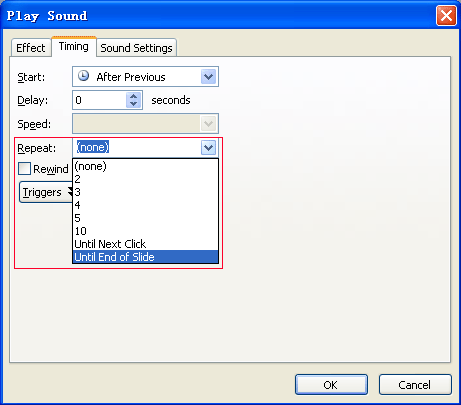It is no secret that Excel experts are constantly sent enquiries regarding the many commands and functions of the spreadsheet programme. A number of these enquiries can even take on a panicked tone. In a way, that is a positive occurrence. Why so? It would be better to have the extra functions and commands and learn about them as opposed to not having the commands in the first place. And yes, Excel is certainly a programme with many expansive capabilities.
That is why it is never easy to become an Excel expert and also why Excel experts are frequently in demand for their services. Among the many questions which are forwarded to such professionals, there is one question which appears frequently. This question is “How do I set up filters in Excel?” The process might sound complicated on the surface but it really is not. In fact, you could consider it fairly simple once you understand the basic directions to do so.
The purpose of filtering is to streamline your operation of the program. Rather than constantly have to manually operate commands or filling in date, Excel filters can be employed to automate many various functions. This can be a little tricky and complicated for some to perform which is why Excel experts receive scores of different requests to set up filters in Excel as well as modified Excel filters in Word.
There are several different ways individual filters and there may even different types of filters you can select from. However, the basic methods don’t vary too much from one another.
The following is a look at setting up default file filters from Word:
First, you will need to view the default file filter first. This starts with selecting the default file filter. This starts with one of the most basic and frequently visited of all menus: Edit. Once you are in Edit, you can then most to Preferences and then to Translations followed by Filters. Once you have entered into Filters, you can then move onto Formats. Once you have engaged the Formats command, the set up process will take on a new avenue.
At this point, the Formats dialog box will open. This will allow you to see the default filters that are present in the box marked “Available Formats.” Doing so opens the door to being able to select the default filter that you would prefer. Since you are seeking to create an Excel file filter you would select Default Excel Filter.
Filters in Excel
In Excel itself, you will need to set up the database that will employ the Advanced Filter option. This means you need to examine the first rows which maintain the alpha numeric headings of D1 and D 2. Then, you will look at the rows beneath them that have data and notice where there are no blank rows in the database. Then, there will be a blank row at the end of the database and an equally blank column on the right. Once you have created this configuration, you have a database to work with.
The next step here would be to set up the criteria range. In doing this you are essentially setting up values for the data that will appear when the filter is engages. There can be several criteria weaved into the mix here to create many filter options.
Common reasons this will be done is to take cells in the G1:G2 range and the make sure the heading in G1 has appropriately matched a D1 heading. G2 would maintain the criterion (selection) such as an “equal to” value sign.
At this point, once you have executed the Excel advanced filter option, only those items which are equal to can be seen.
Of course, this is a rather expansive command function and you can perform a great many more tactics than the “equal to” example.
Again, this is certainly not the easiest of functions to operate which is why Excel experts are consistently called upon to perform such tasks. Seeking help from such experts is advised if you wish to make the most of this command.
Source by Vincent Rogers






 icon.
icon.